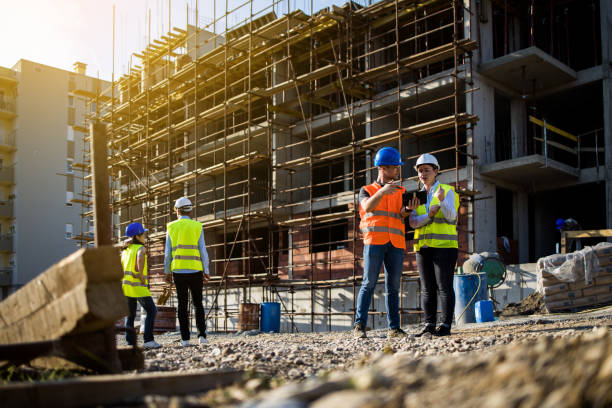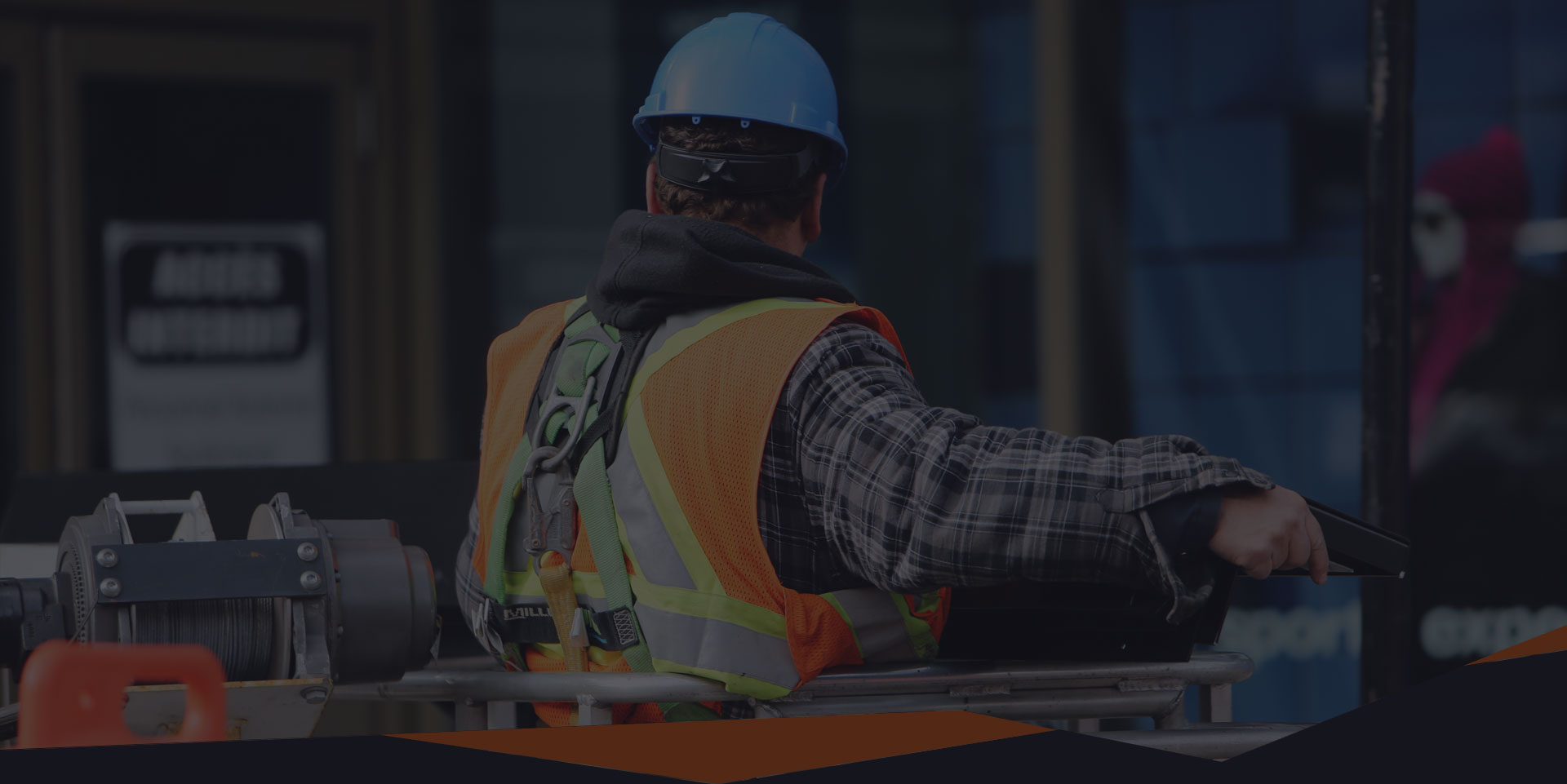
What is Construction?
Construction refers to the process of building, altering, repairing, or demolishing any structure. This includes everything from houses, office buildings, and factories to roads, bridges, tunnels, and infrastructure.
Construction is one of the largest industries worldwide, involving a range of professionals including laborers, engineers, architects, plumbers, electricians, carpenters, masons, project managers, and more.
2. Types of Construction
🏠 Residential Construction
- Houses, townhouses, apartment buildings
- Renovations and remodels
- Often involves general contractors, plumbers, electricians, and carpenters
🏢 Commercial Construction
- Office buildings, malls, hotels, hospitals
- Larger teams and more complex structures
- Often requires heavy machinery and strict safety rules
🏭 Industrial Construction
- Factories, plants, power stations, refineries
- Involves specialized equipment and safety protocols
🛣️ Infrastructure / Civil Construction
- Roads, bridges, tunnels, airports, dams
- Usually government-funded
- Involves large-scale engineering and surveying
3. Construction Roles and Jobs
Here are some of the main roles in construction:
- General Contractor – Oversees the entire project
- Construction Manager – Coordinates labor, materials, timeline
- Skilled Tradespeople – Plumbers, electricians, masons, carpenters
- Heavy Equipment Operators – Crane, bulldozer, and excavator operators
- Architects & Engineers – Plan and design structures
- Laborers – Assist with basic tasks like site cleanup, material transport
4. Common Construction Materials
- Wood
- Concrete
- Steel
- Bricks and blocks
- Glass
- Asphalt
- Drywall
- Insulation
- PVC and copper piping
Each material has specific uses depending on the type of structure and environmental conditions.
5. Construction Equipment
- Excavators
- Bulldozers
- Cranes
- Concrete mixers
- Scaffolding
- Dump trucks
- Nail guns
- Safety gear (helmets, gloves, goggles)
6. Steps in a Construction Project
- Planning & Design – Blueprints, budgeting, zoning approvals
- Site Preparation – Clearing land, excavation, leveling
- Foundation Work – Concrete pouring, footings
- Framing – Structural skeleton (wood or steel)
- Plumbing/Electrical – Pipes, wires, HVAC installation
- Exterior Work – Roofing, siding, windows
- Interior Work – Drywall, flooring, painting, fixtures
- Final Inspection & Handover
7. Safety in Construction
Construction is a high-risk industry. Common hazards include:
- Falls from heights
- Equipment accidents
- Exposure to hazardous materials
- Electrical shocks
OSHA (in the US) and similar bodies in other countries set safety standards. Workers are required to wear PPE (Personal Protective Equipment) like hard hats, steel-toe boots, gloves, and eye protection.
8. Construction Careers
There are many ways to get into construction:
- Start as a laborer or apprentice
- Attend trade schools for plumbing, carpentry, or masonry
- Study engineering or architecture
- Join unions or work under licensed contractors
Career Growth can lead to:
- Site Supervisor
- Project Manager
- Construction Business Owner
9. Starting a Construction Business
To run your own construction company, you’ll need:
- Business registration/license
- Construction insurance and bonding
- Skilled team
- Equipment and tools
- A strong portfolio of completed projects
- Marketing (website, social media, flyers)
I can help you write a business plan, set up your website, or create ads if you’re going in this direction.
10. Future of Construction
Construction is changing fast:
- Green Building – Energy-efficient and eco-friendly homes
- Modular Construction – Pre-built parts assembled on-site
- 3D Printing – Houses printed with concrete
- Drones & AI – Used for surveying and planning
- Smart Homes – Tech-integrated building systems


